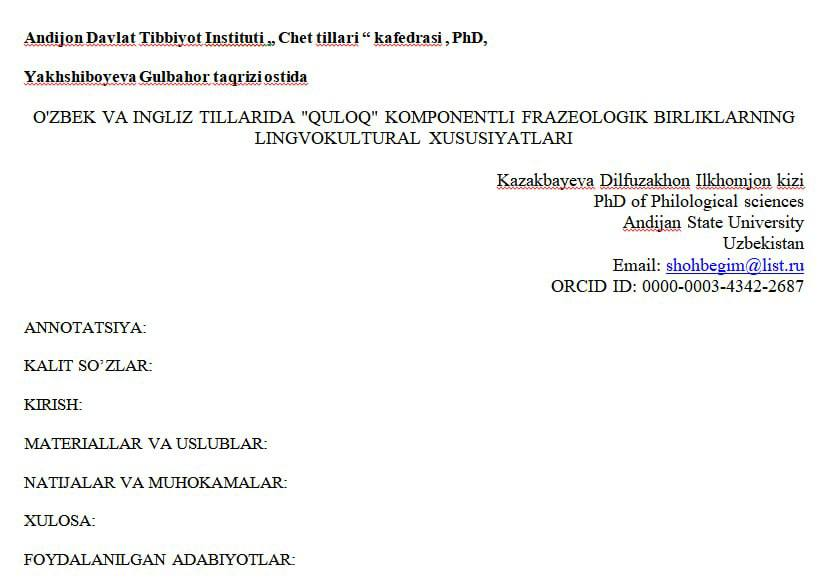EQUITY AND EQUALITY ISSUES IN DIRECT AND INDIRECT TAX MECHANISMS: A COMPARATIVE ANALYSIS
Keywords:
Equity, Equality, Direct Taxation, Indirect Taxation, Tax Mechanisms, Income Distribution, Social Justice.Abstract
This article investigates the equity and equality challenges inherent in direct and indirect tax mechanisms, exploring how these systems affect different socio-economic groups. Through a comparative analysis, this study examines the impact of tax policies on income distribution and social justice. By synthesizing international experiences and existing literature, the research highlights the complexities surrounding equity and equality in taxation, aiming to provide insights for policymakers and practitioners.
References
1.Alm, J., & Torgler, B. (2006). Culture differences and tax morale in the United States and in Europe. Journal of Economic Psychology, 27(2), 224-246.
2.Becker, G. S. (1968). Crime and punishment: An economic approach. Journal of Political Economy, 76(2), 169-217.
3.Pommerehne, W. W., & Weck-Hannemann, H. (1996). Tax rates, tax administration and income tax evasion in Switzerland. Public Choice, 88(1-2), 161-170.
4.Feld, L. P., & Frey, B. S. (2007). Tax compliance as the result of a psychological tax contract: The role of incentives and responsive regulation. Law and Policy, 29(1), 102-120.
5.Organisation for Economic Co-operation and Development. (2020). Enhancing tax compliance and ensuring tax fairness in the digital era. OECD Publishing.
6.Kirchler, E. (2007). The economic psychology of tax behaviour. Cambridge University Press.
7.Slemrod, J. (2007). Cheating ourselves: The economics of tax evasion. Journal of Economic Perspectives, 21(1), 25-48.
8.Alvaredo, F., Chancel, L., Piketty, T., Saez, E., & Zucman, G. (2018). World Inequality Report 2018. Belknap Press.
9.Scheve, K., & Stasavage, D. (2016). Taxing the rich: A history of fiscal fairness in the United States and Europe. Princeton University Press.
10.Torgler, B. (2002). Speaking to theorists and searching for facts: Tax morale and tax compliance in experiments. Journal of Economic Surveys, 16(5), 657-683.
11.Esping-Andersen, G. (1990). The three worlds of welfare capitalism. Princeton University Press.
12.Immervoll, H., Richardson, L., & Sutherland, H. (2007). More equal but less mobile? Earnings inequality and mobility in OECD countries. Oxford University Press.
13.Bach, S., Corneo, G., & Steiner, V. (2013). Effective taxation of top incomes with wage bargaining and firm formation. Scandinavian Journal of Economics, 115(1), 152-187.
14.Chamley, C., & Gahvari, F. (1998). Non-neutrality of optimal taxation across generations. Journal of Public Economics, 68(2), 223-249.
15.Department of Finance Canada. (2020). Investing in the middle class: Budget 2020. Government of Canada.
16.Internal Revenue Service. (2020). Earned Income Tax Credit. United States Department of the Treasury.
17.Ministry of Finance Japan. (2020). Consumption tax in Japan: An overview. Government of Japan.














